Urbanization Trends
The rapid pace of urbanization appears to be a pivotal driver for the Bus Public Transport Market. As more individuals migrate to urban areas, the demand for efficient public transport systems intensifies. According to recent data, urban populations are projected to increase significantly, leading to heightened congestion and a pressing need for reliable transportation solutions. Buses, being a cost-effective and flexible mode of transport, are likely to play a crucial role in addressing these challenges. Furthermore, urban planners are increasingly recognizing the importance of integrating bus services into broader transportation networks, which may enhance accessibility and reduce travel times. This trend suggests that the Bus Public Transport Market could experience substantial growth as cities adapt to the needs of their expanding populations.
Environmental Concerns
Increasing environmental concerns are driving a shift towards sustainable transport solutions, which significantly impacts the Bus Public Transport Market. With rising awareness of climate change and air pollution, there is a growing emphasis on reducing carbon footprints. Buses, particularly those powered by alternative fuels or electric technologies, are being promoted as eco-friendly transport options. Data indicates that cities adopting electric buses have reported reductions in greenhouse gas emissions, which may encourage further adoption. This trend suggests that the Bus Public Transport Market could evolve to prioritize sustainability, potentially leading to innovations in bus design and operation that align with environmental goals.
Government Initiatives
Government initiatives aimed at enhancing public transport infrastructure are likely to bolster the Bus Public Transport Market. Various governments are investing in modernizing bus fleets, improving service frequency, and expanding routes to meet the growing demand for public transport. For instance, funding allocations for public transport projects have seen a marked increase, with billions earmarked for bus rapid transit systems and electrification of bus fleets. These initiatives not only aim to improve service quality but also to promote sustainable transport solutions. As a result, the Bus Public Transport Market may witness a surge in investments and innovations, ultimately leading to improved operational efficiencies and customer satisfaction.
Technological Advancements
Technological advancements are reshaping the Bus Public Transport Market, offering new opportunities for efficiency and customer engagement. Innovations such as real-time tracking systems, mobile ticketing, and smart payment solutions are enhancing the overall user experience. Data indicates that cities implementing these technologies have seen increased ridership and improved operational efficiencies. Furthermore, the integration of artificial intelligence and data analytics into bus operations may optimize route planning and resource allocation. This technological evolution suggests that the Bus Public Transport Market is likely to become more responsive to passenger needs, potentially attracting a broader user base and increasing overall market growth.
Changing Consumer Preferences
Changing consumer preferences towards public transport are influencing the Bus Public Transport Market. As urban dwellers seek more convenient and cost-effective travel options, buses are becoming an increasingly attractive alternative to private vehicles. Surveys indicate that a significant portion of the population values the affordability and accessibility of bus services. Additionally, the rise of shared mobility solutions is prompting a reevaluation of traditional transport modes, with many consumers favoring integrated transport options that include bus services. This shift in consumer behavior suggests that the Bus Public Transport Market may need to adapt its offerings to align with evolving preferences, potentially leading to innovative service models and partnerships.


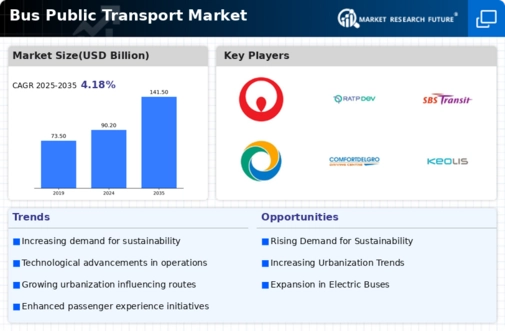
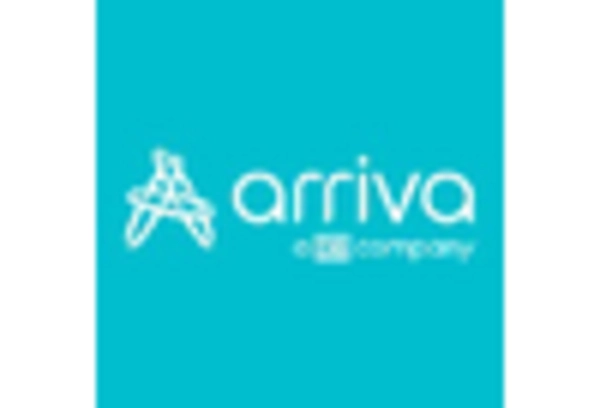
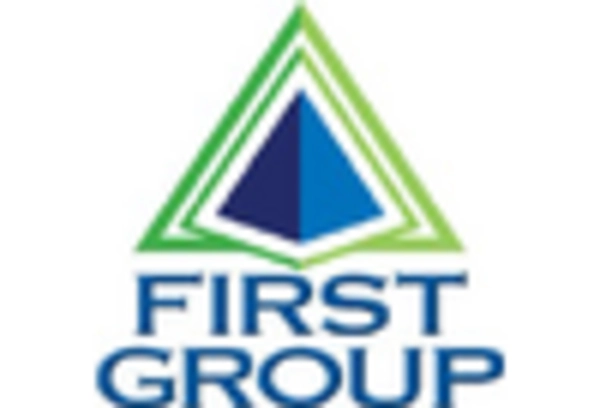
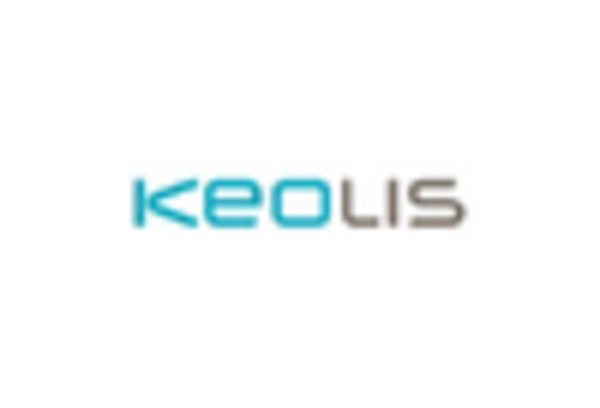
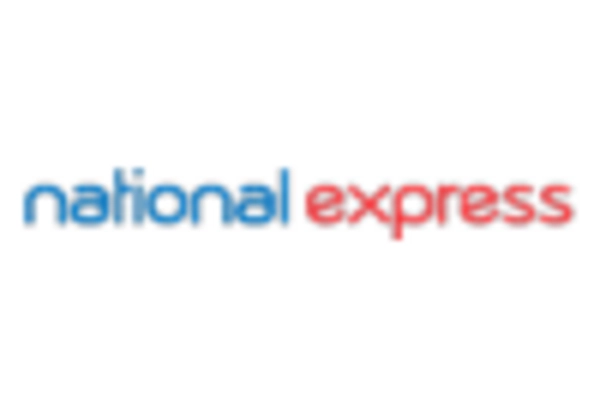










Leave a Comment